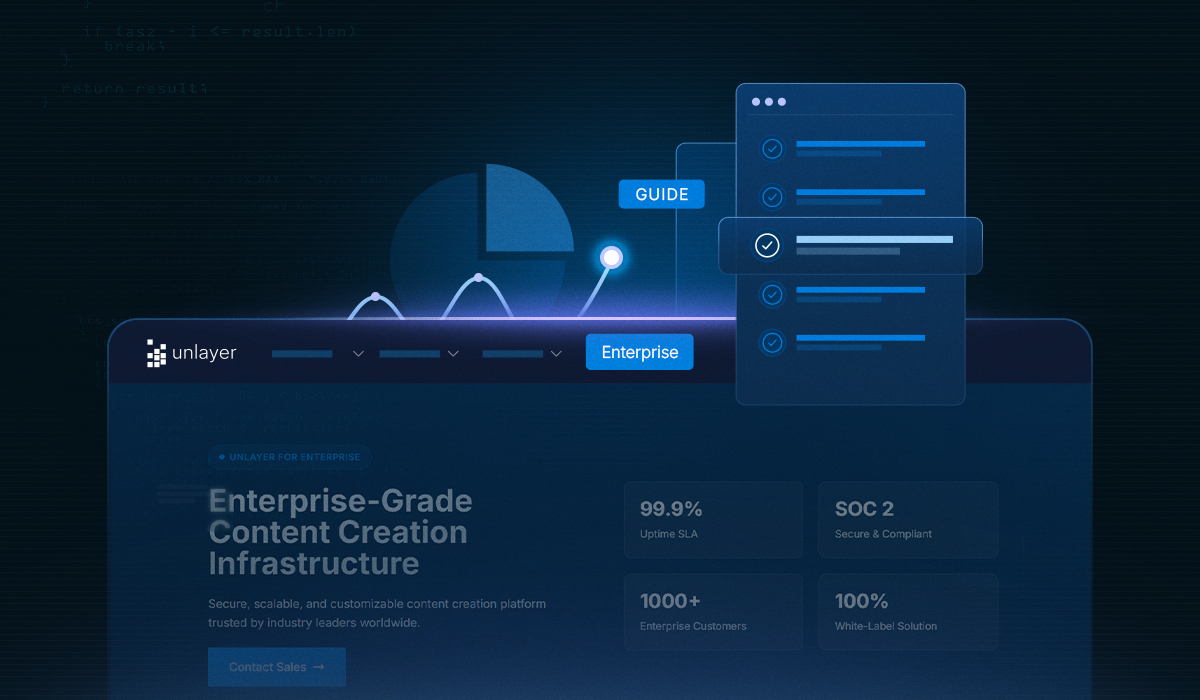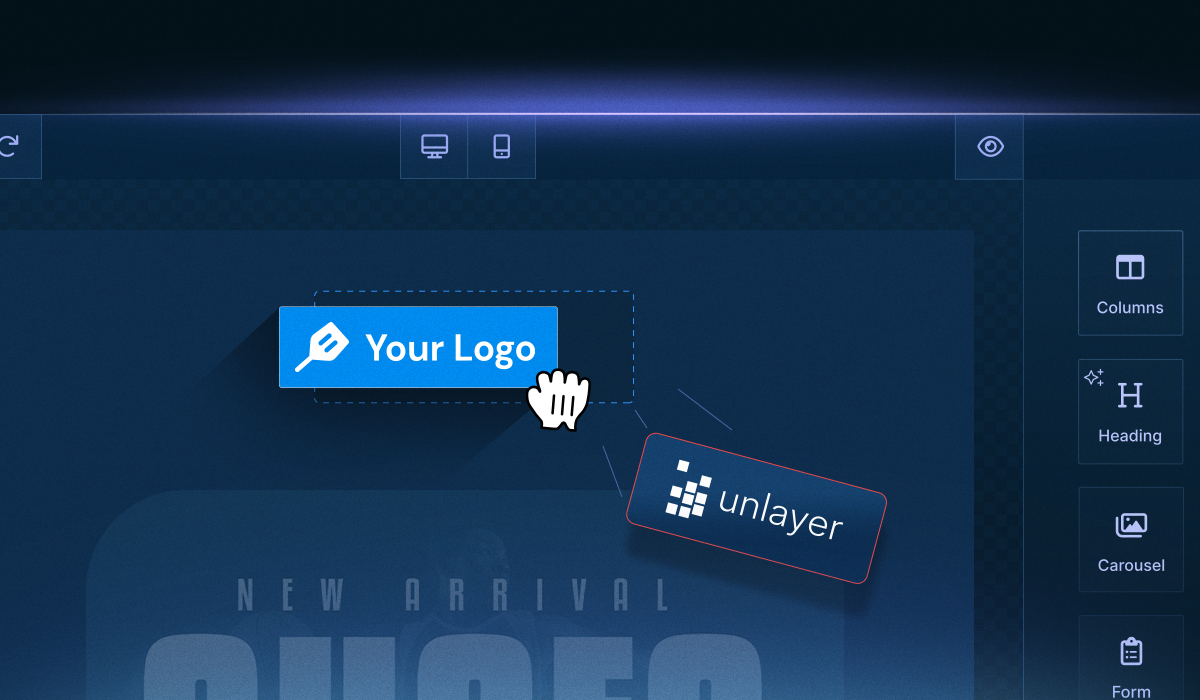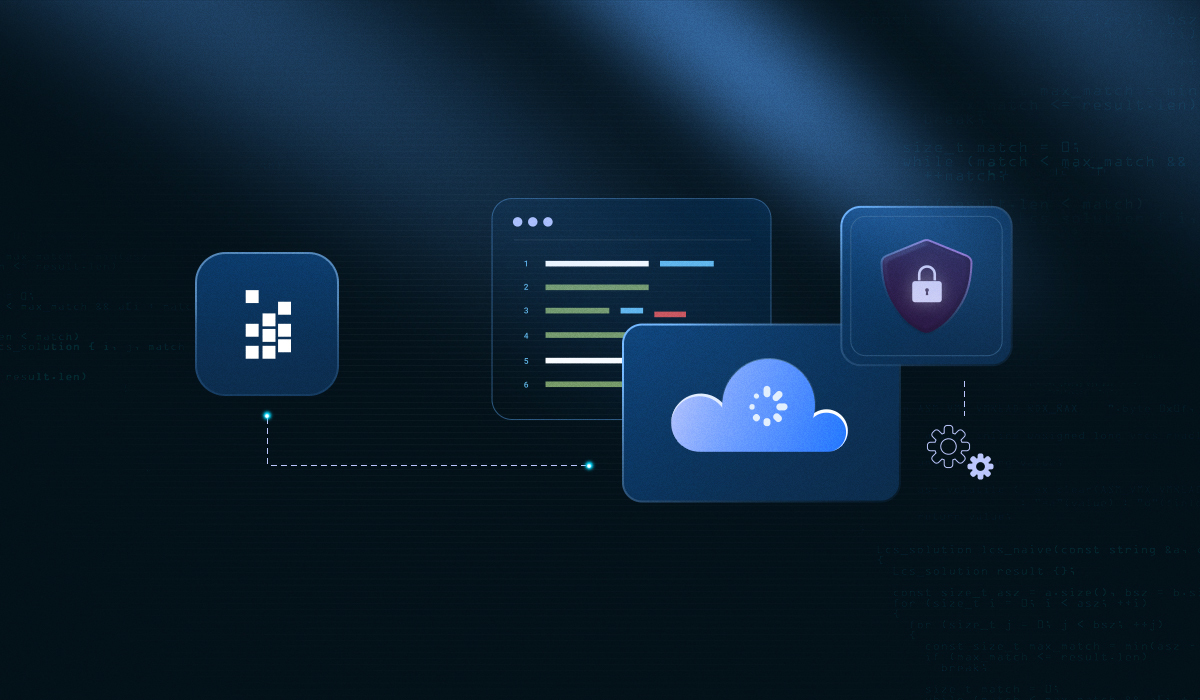Managing content in a headless CMS often means juggling two different worlds: structured data for developers and content previews for marketers. While developers value the flexibility of APIs and decoupled architecture, non-technical users struggle without a clear way to see how their changes will look before publishing.
This is where visual editing in a headless CMS comes in. It combines the power of headless architecture with an editor that lets users preview and adjust content in real time, without writing code.
In this guide, we’ll answer the key questions:
What is visual editing in a headless CMS?
How does it work behind the scenes?
What types of workflows and tools are available today?
What benefits and limitations should teams consider?
What Does “Headless” Mean in CMS Architecture?
“Headless” means the CMS manages the body (content and data) but not the head (presentation layer).
In traditional CMSs (like WordPress or Drupal), content and design are bundled together. In a headless CMS, content is stored independently and exposed through APIs, so any frontend or even multiple frontends can consume it.
How Does a Headless CMS Work?
A headless CMS works by storing content in a backend system and delivering it to any frontend through APIs, without being tied to a specific presentation layer. Developers fetch content as JSON (via REST or GraphQL), then render it with frameworks like Angular, React, Vue, or Next.js.
This decoupling allows content to be reused across multiple channels like websites, apps, emails, or even IoT devices, without rewriting it for each platform.
Traditional headless CMSs gave developers freedom but left editors staring at forms and JSON. That worked fine for structured delivery, but it slowed down teams who needed to see content in context. This is where visual editors enter the picture. They layer on top of the headless backend, turning the same structured content and components you already manage into live, editable blocks.
What Is Visual Editing in a Headless CMS?
Visual editing in a headless CMS is the ability to update structured content through a drag-and-drop, WYSIWYG interface instead of working only with raw fields or JSON. It gives editors a real-time view of how content will appear on the frontend, while the headless CMS continues to manage schemas, APIs, and delivery.
At its core, visual editing allows content authors to see a live representation of the final output as they draft, eliminating the need for constant toggling between editing and preview modes.
This is particularly valuable in a headless CMS setup where content often needs to be perfectly crafted and displayed across various channels, each with its own unique format and requirements. This real-time visualization empowers content editors to make intuitive updates, giving them confidence in how their changes will appear once published.
For developers, this means the content stored in the headless CMS is still structured and reusable, but bound to components ( Angular, React, Vue, etc.) that can be surfaced in a visual editor. For marketers and non-technical users, it feels like editing directly on the live page without touching code.
How Is Visual Editing Different in a Headless CMS?
Traditional headless CMS editing is form-based or markdown-based, while visual editing in a headless CMS provides a live preview and drag-and-drop control.
Text-based editing involves structured inputs that are disconnected from design, often requiring preview builds.
Visual editing directs the manipulation of components, provides real-time feedback, and offers in-context editing.
Developers still own the schema, content model, and APIs, but editors interact with content in a way that feels closer to traditional CMSs, without breaking the headless approach.
Now, let’s put this in your shoes.
You’ve probably worked with multiple headless CMS platforms; some offer structured backends, others try to add frontend editing layers. Each has its advantages, but rarely do you get both flexibility and usability in the same system.
With visual editors in headless CMSs, you finally get the best of both worlds. Imagine you’re building a website for your artist friend: you want to keep the stack modern and maintainable, but they want the freedom to tweak content and layouts. Visual editing bridges that gap. You keep control of the schema and components, while they get a no-code, drag-and-drop way to bring their vision to life.
Which Visual Editing Workflows Exist in Headless CMS?
The main types of visual editing workflows in a headless CMS include content-focused visual editors, live vs. real-time previews, sidebar-based editing, and emerging hybrid or AI-assisted workflows. Each approach balances developer control with editor usability in different ways.
As a developer, you’ll likely evaluate these workflows based on how much control they give you over schemas and components versus how much freedom they offer non-technical users.

1. Content-focused visual editor
A content-focused visual editor in a headless CMS lets users drag and drop predefined content blocks that are mapped to your frontend components. Editors work visually, but all changes are saved as structured content in the CMS.
2. Live preview vs real-time preview
Live preview shows content after a page refresh or build, while real-time preview updates instantly as users edit.
Live preview = a delayed view, often requiring a refresh.
Real-time preview = instant updates as fields or blocks are changed.
If you’ve ever waited on a slow preview build, you know how painful it is. Real-time preview fixes that by rendering updates instantly, like typing in Figma or Google Docs.
3. Sidebar-based editing
Sidebar-based editing in a headless CMS shows a split screen: the page or component on one side and editable fields in a sidebar.
4. Hybrid or AI-assisted workflows
Hybrid workflows combine structured editing with visual context, often enhanced by AI for layout suggestions, content generation, or automated formatting.
For example, AI might suggest a headline variant or auto-generate a layout, but the developer-defined schema ensures the output still fits the content model. These are newer AI configurations but quickly gaining traction in modern headless CMS platforms.
What Are the Benefits of Visual Editing in a Headless CMS
The benefits of visual editing in a headless CMS include improved content accuracy, fewer developer bottlenecks, and faster publishing cycles. Visual editors give non-technical users more control, while developers still maintain structured content models and clean APIs.

1. Improved content accuracy
Visual editing improves content accuracy by letting users preview changes in context before publishing. Instead of editing raw fields with no sense of layout, marketers and editors can see exactly how copy, images, or components will render on the final page.
As a developer, this means fewer “fix the spacing” or “text broke the layout” Jira tickets.
2. Reduced developer bottlenecks
Visual editing reduces developer bottlenecks by allowing non-technical users to make layout and content adjustments without writing code. Developers still define schemas, APIs, and components, but day-to-day edits happen visually.
This frees you from repetitive content changes and lets you focus on scaling features or optimizing performance.
3. Faster iteration and publishing
Visual editing supports faster iteration and publishing because content teams can test, preview, and push updates instantly without waiting on dev cycles.
Think of campaign launches: instead of queuing every small update through engineering, editors can self-serve, iterate quickly, and still work within your structured headless setup.
How Can Developers Enable Visual Editing in Their Headless CMS?
Developers can enable visual editing in a headless CMS by connecting the backend’s structured content to a frontend preview layer. This usually involves exposing content APIs, configuring preview environments, and integrating SDKs from the CMS or an external visual editor.

Modern frameworks like Angular, React, and Vue are key because they let components render dynamically in the editor while staying consistent with production code.
1. What APIs and SDKs are required?
Most platforms offer REST or GraphQL APIs for content delivery, along with SDKs that connect content to visual editors. Some, like Unlayer, provide embeddable SDKs to bring real-time editing directly into your frontend.
2. How do preview environments work?
Preview environments render unpublished content using the same frontend stack, allowing editors to see changes in context before pushing them live. This often requires configuring staging domains or using iframes inside the editor.
3. What role does the frontend framework play?
Frameworks like Angular, React, and Vue determine how components are rendered in the visual editor. They ensure that content blocks used in editing match the exact structure and behavior of live components, giving developers full control while letting editors work visually.
Which Headless CMS Platforms Support Visual Editing?
Several headless CMS platforms now support visual editing. Storyblok offers native visual editing, Sanity provides it through plugins, and Builder.io delivers a full visual development platform. Options like TinaCMS, Stackbit, and Vercel also provide varying levels of visual editing.
For teams that want a CMS-agnostic solution, embeddable editors, Unlayer can be integrated to bring visual editing into any headless environment.

1. Storyblok
Storyblok is one of the first headless CMS platforms to offer native visual editing. Its “Visual Editor” lets content editors see changes in real time while developers keep full control over components and APIs.
2. Sanity
Sanity doesn’t have native visual editing out of the box, but it provides an iframe-based plugin system. This allows developers to connect Sanity Studio with frontend previews, giving editors a live view of their content changes.
3. Builder.io
Builder.io takes a visual-first approach. It lets teams drag and drop components, connect them to data sources, and publish across channels. Developers can still define custom components, while marketers enjoy full WYSIWYG control.
4. TinaCMS, Stackbit, and Vercel
TinaCMS offers inline editing for Git-backed sites, Stackbit provides a visual layer over JAMstack projects, and Vercel experiments with real-time collaboration previews for headless setups. While not as feature-rich as Storyblok or Builder.io, they are evolving options for visual workflows.
5. Unlayer
Unlike CMS-native tools, Unlayer is an embeddable editor you can plug directly into your headless CMS or custom platform. Developers integrate it via API, and non-technical users get a drag-and-drop interface for emails, pages, documents, and pop-ups. This makes it a strong choice if you need visual editing capabilities without switching CMS providers.
How Is AI Changing Visual Editing in Headless CMS?
AI is transforming visual editing in headless CMS by automating content creation, generating layouts, and personalizing experiences for end users. Integrated into visual editors, AI reduces repetitive tasks and helps teams move faster without compromising the structured, component-driven nature of headless systems.
AI tools assist with content creation inside visual editors
AI can draft text, suggest headlines, optimize images, and even translate content directly in the editor, cutting down on manual effort for marketers.
AI can help generate layouts and personalize content
Yes. AI can recommend responsive layouts, auto-fill design blocks, and deliver personalized variations of a page based on user behavior or segmentation data.
What are the risks of relying on AI in visual editing?
AI outputs may lack brand consistency, introduce compliance issues, or generate inaccurate content. Developers need guardrails such as moderation, templates, and structured schemas to balance AI speed with quality and reliability.
How Do Marketers and Non-technical Teams Use Visual Editing?
Marketers and non-technical teams use visual editing in a headless CMS to work directly with production-ready components, freeing developers from routine content updates. This accelerates publishing cycles and aligns cross-functional teams without compromising code quality or design integrity.

1. What tasks can marketers complete without developer help?
They can assemble pages using pre-built components, update copy and media assets, and manage publishing workflows, all without touching source code. Because these actions operate on schema-controlled content, marketers gain freedom while developers retain control over structure and design.
2. How does visual editing speed up campaign launches?
Visual editors remove the dependency on engineering sprints for minor updates. Marketing teams can spin up landing pages, adjust offers, or test variants directly in the editor. This reduces turnaround from weeks to hours, while developers focus on building reusable blocks instead of hand-coding one-off pages.
3. How does it improve collaboration with design and dev teams?
By showing changes in a live preview, visual editing reduces the ambiguity that comes from text-only forms. Designers can validate brand consistency, while developers can trust that components behave as expected. Shared environments, such as staging previews, create a common ground where content, design, and engineering converge before anything goes live.
How Unlayer Brings Visual Editing to Any Headless CMS
Not every headless CMS ships with visual editing out of the box. That’s where Unlayer comes in. Instead of being tied to a single platform, Unlayer gives developers a suite of embeddable, white-label editors that integrate seamlessly with your existing CMS or application.
Embeddable & white-Label: Integrate a visual editor directly into your CMS while maintaining full brand control. Developers can override the UI, add custom tools, and align the editor with appearance, themes, and content settings.
API-First & developer-friendly: With SDKs for Angular, React, and Vue, Unlayer plugs into modern stacks without friction. Its robust APIs give you full flexibility to customize behavior and workflows.
No-Code for end users: While the backend stays clean and headless, editors, marketers, and non-technical teams get a drag-and-drop interface to create, preview, and publish content.
Enterprise-ready: SOC 2 Type II certification, GDPR compliance, and proven scalability mean you can deploy Unlayer confidently in secure, high-volume environments.
Whether you’re embedding an email builder, page builder, or even a popup editor into your CMS, Unlayer gives your users the visual editing experience they want, without forcing you to abandon headless architecture.
Ready to bring visual editing into your headless CMS? Unlayer makes it simple. Embed a secure, white-label editor into your platform, allowing your users to edit in real-time while you maintain full control of your stack.
Book a demo and start building today.
FAQs About Visual Editing in Headless CMS
1. What are the limitations of visual editing in a headless CMS?
Visual editors can’t replace custom development for highly complex features. They’re best suited for content assembly, not for building entire applications.
2. Can visual editors work with custom components?
Yes. Developers can register reusable components (e.g., React blocks) that marketers can manipulate visually, ensuring flexibility without breaking the design system.
3. Does visual editing slow down performance in production?
No. Visual editors operate in preview or staging environments. Once published, the headless CMS delivers optimized, static content through APIs, keeping performance intact.
4. How secure are embeddable editors like Unlayer?
Unlayer is SOC 2 Type II certified and GDPR compliant, making it safe for enterprise use. Security controls ensure editors don’t expose sensitive backend data.
5. Is visual editing possible across multiple channels (web, email, mobile)?
Yes. Tools like Unlayer provide editors for pages, documents, emails, and popups, all powered by the same API-first foundation. This ensures consistent workflows across channels.





